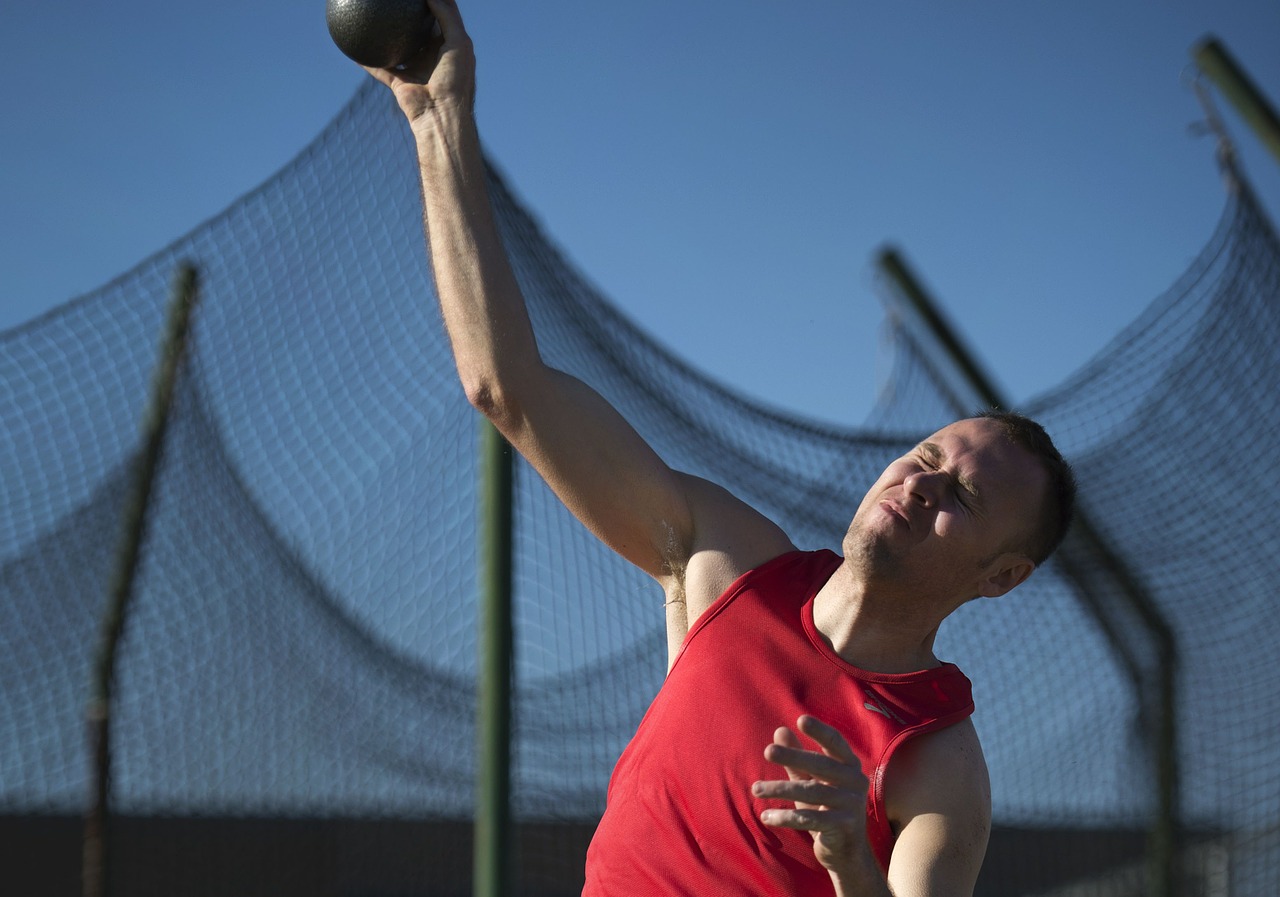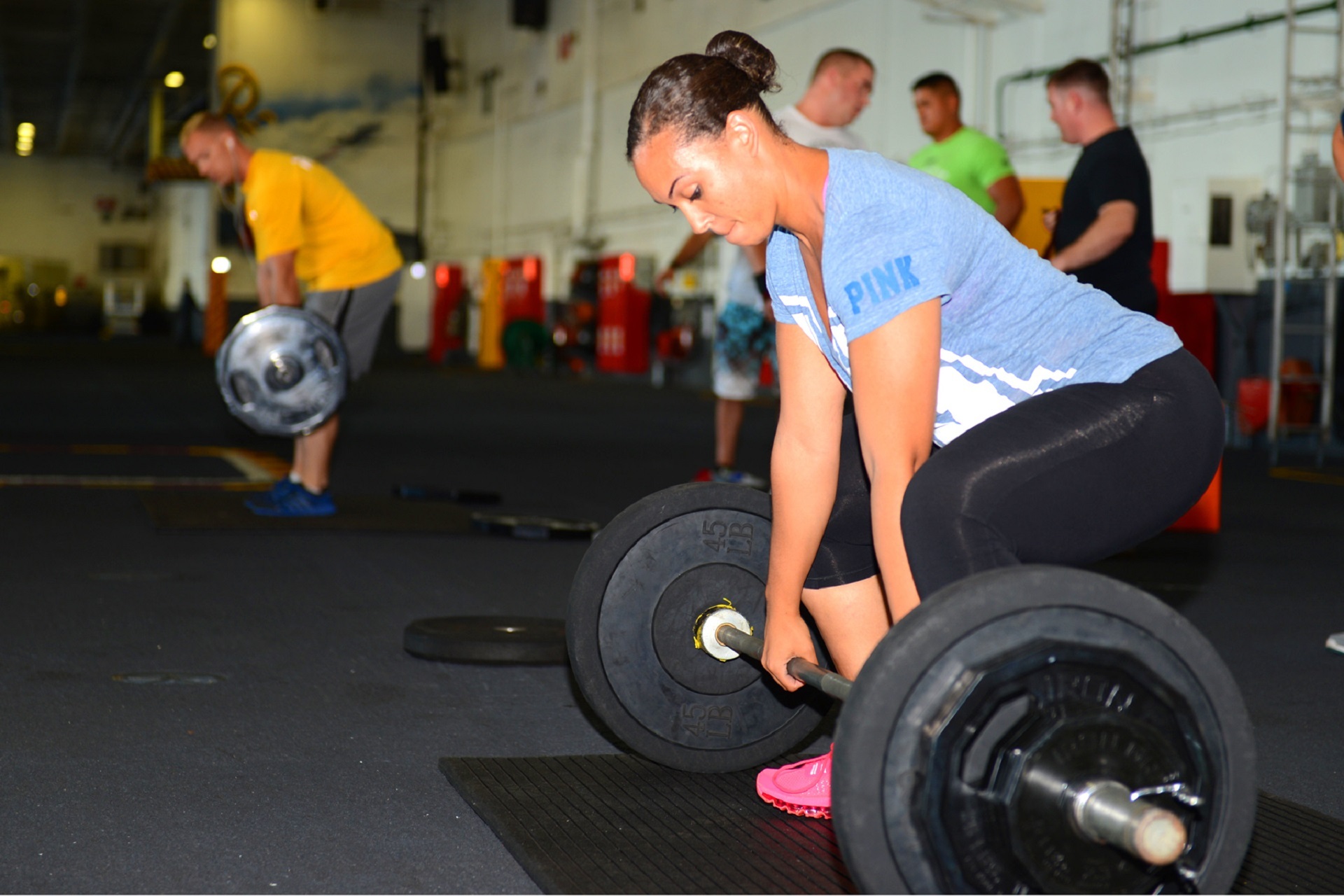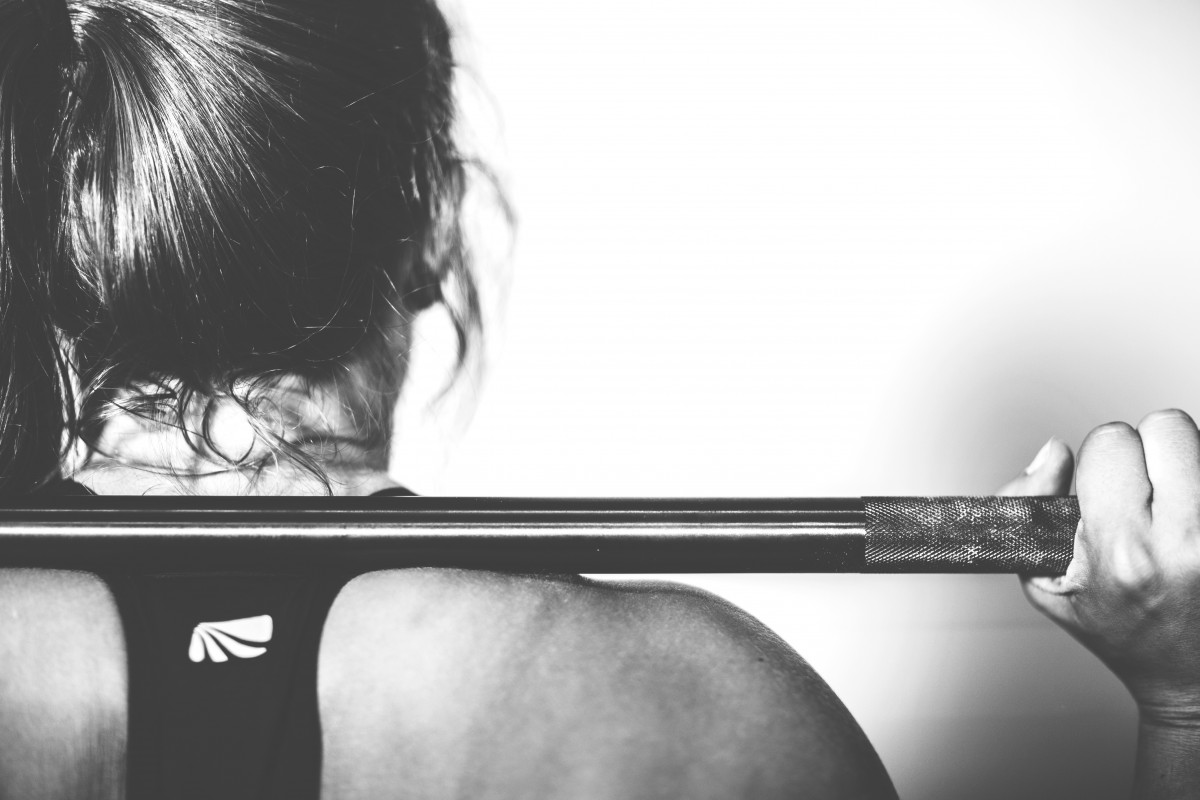Larry Judge et al had a study in the March issue of Track and Cross Country Journal looking at post-activation potentiation (PAP) and shot put performance. The authors studied high school-aged female shotputters (best throw of 12.2 meters, mean bench press 81% of bodyweight, mean squat 199% of bodyweight, and mean power clean 81% of bodyweight). The idea behind the study was to examine the effects of throwing a heavier shot put prior to the competition shot. In theory, the heavier shot should have a poteniating effect on the competition shot performance if the timing is right.
After a fifteen minute warm-up, the athletes were randomly asked to perform three warm-up throws with either the 4kg shot (the competition shot), a 4.5 kg shot, or a 5 kg shot. Following the warm ups, the athletes performed three standing shot put throws with the 4kg shot.
The results showed that the heavier the warm-up implement, the worse the performance on the 4kg shot. Those athletes that warmed up with the 4kg shot had the best performance, those athletes that warmed up with the 4.5kg shot had throws that were 2% shorter than the 4kg group, and the group that warmed up with the 5kg shot had throws that were 4% shorter than the 4kg group.
In an excellent discussion, the authors raise a number of important thoughts about post-activation potentiation and the results of this study. First, it may not work. Second, to be effective it may require a certain level of strength and experience. Third, it’s very likely that to be effective this is something that has to be practiced before it is suddenly introduced prior to competition.
To a point I agree with the authors and I think there are a number of factors that need to intersect for PAP to be successful. I agree that there probably has to be a certain strength level present for this to be effective. This is certainly true with other exercise modes (for example, plyometrics are more effective for stronger athletes). This speaks to this being more of a tool for advanced athletes. Second, the idea that it works better after it has been practiced make a lot of sense and this is something I’d really like to see studied in the future. It’s like any training tool, you don’t want to do it for the first time just prior to the big competition. Third, I think there’s a very individualized timing issue with PAP. Studies show that everything from a few minutes between the exercises to eight minutes rest between the exercises is what is required to make PAP most effective. I think this is going to be different for every athlete and requires some trial and error to figure out (which reinforces the need for practice).
Now, I also think this is something that a lot of people want to be true (i.e. PAP works) no matter what and this makes them blind to some of these factors.
Judge, L.W., Bellar, D.M., Judge, M., Gilreath, E., Bodey, K.J., and L. Simoni. (2012). Efficacy of potentiation of performance through over weight implement throws on female shot putters. Track and Cross Country Journal, 1(4), 9-18.



